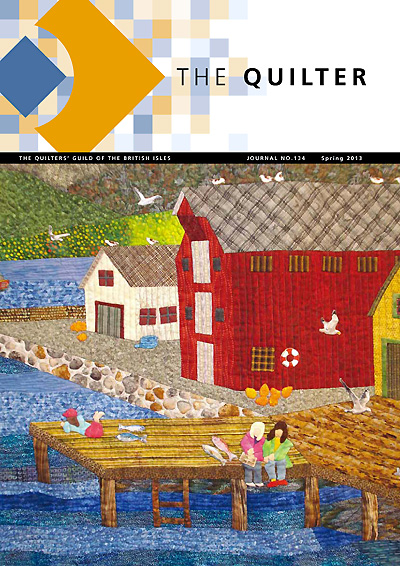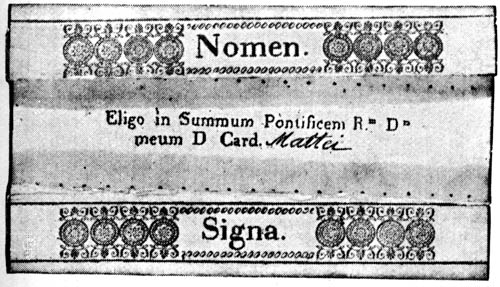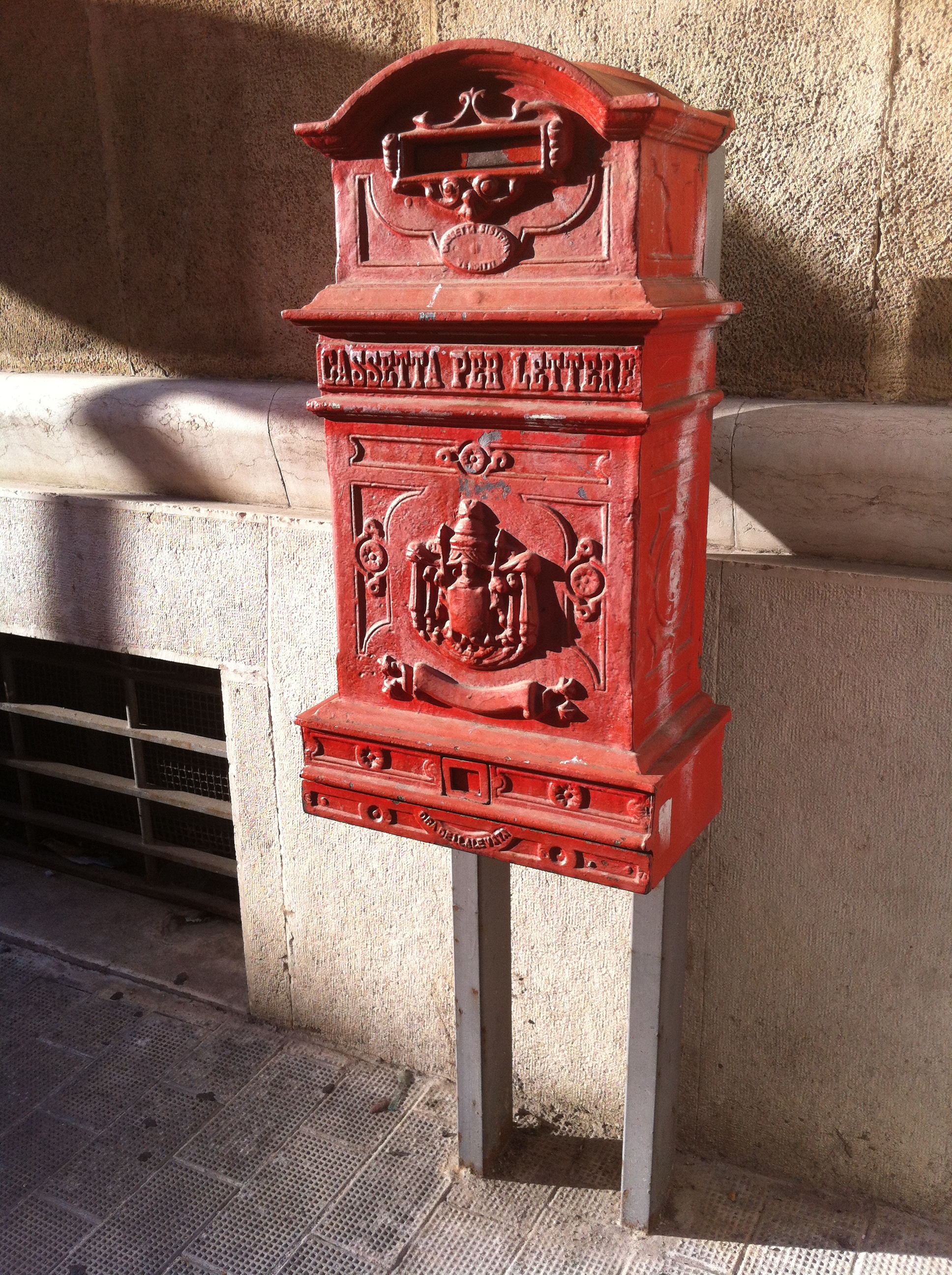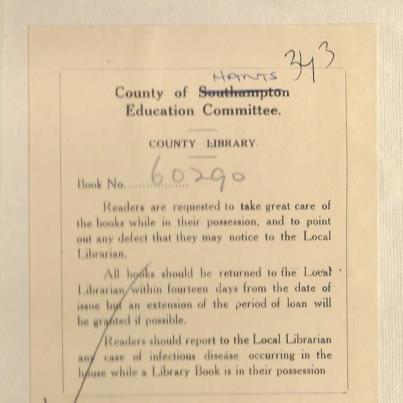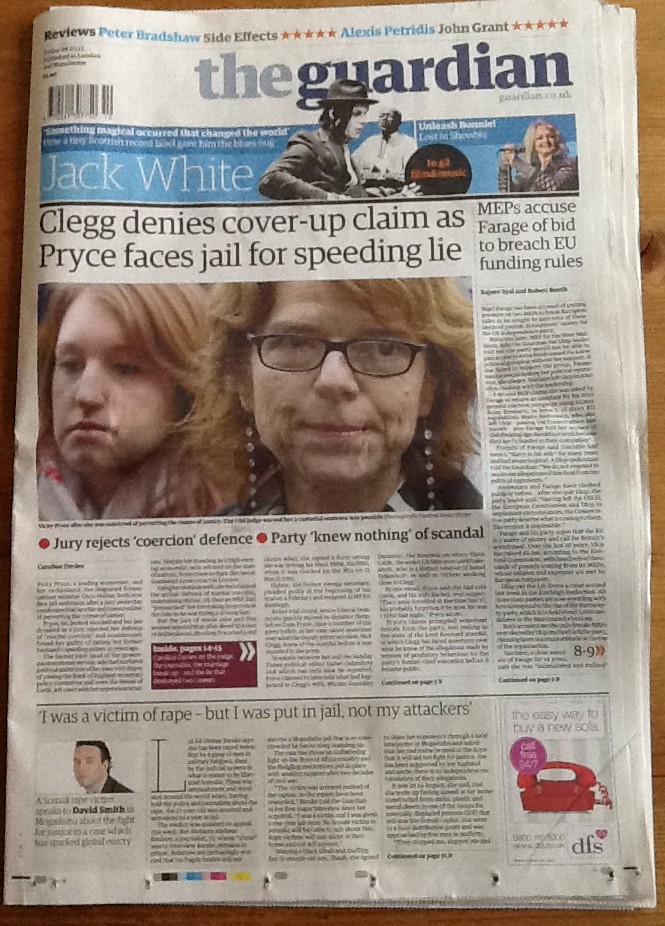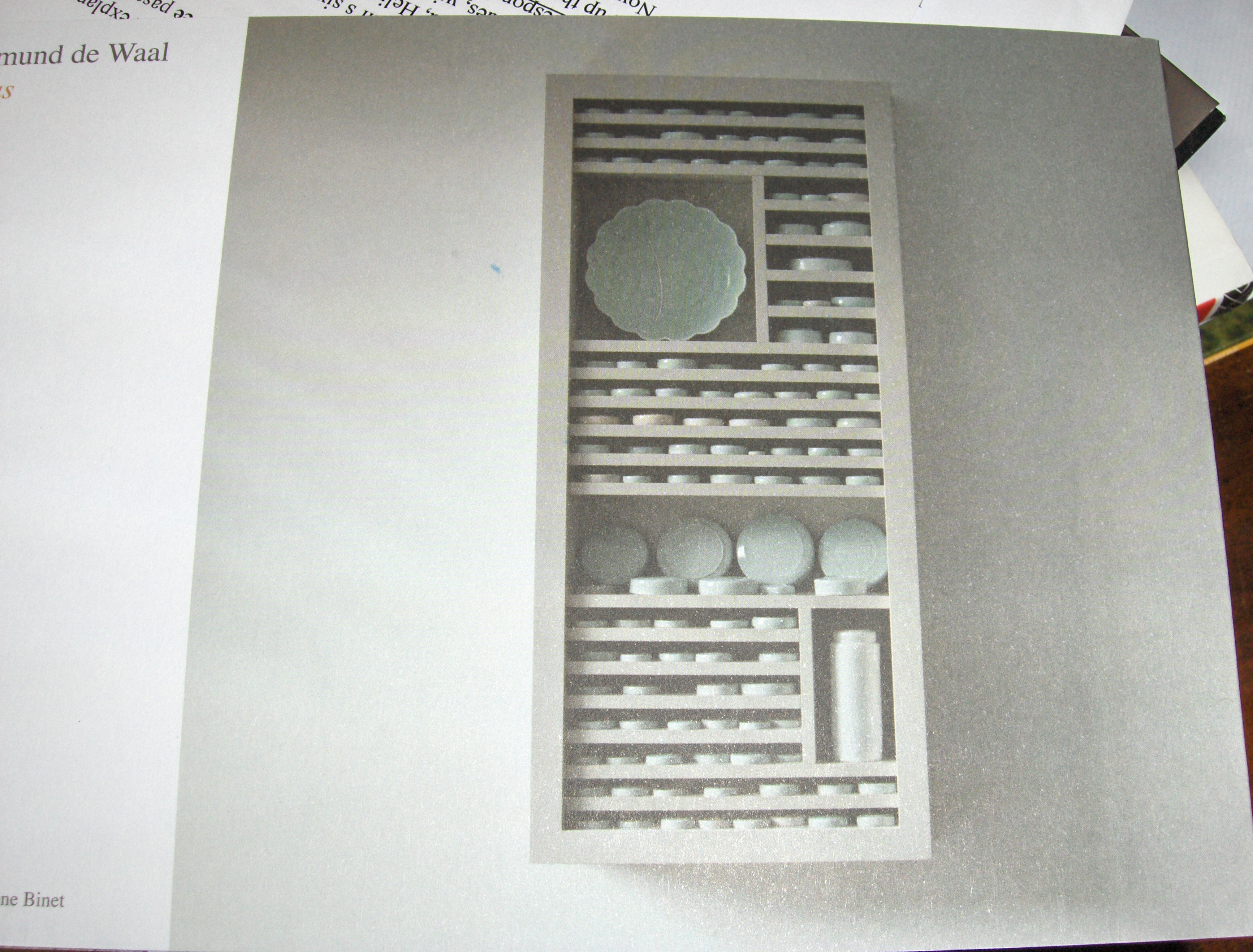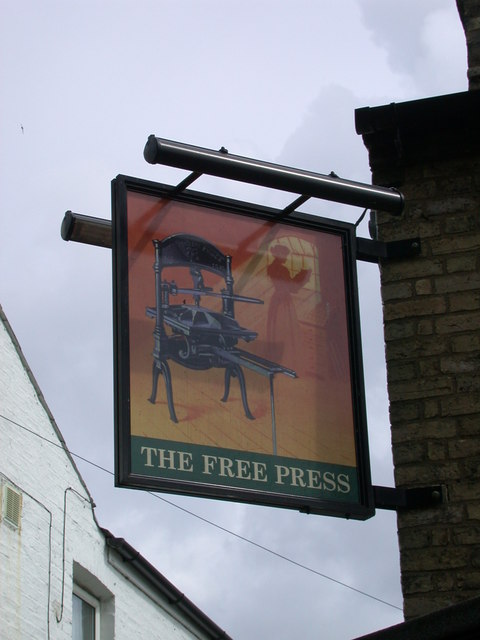 Much debate in the UK about the government’s new proposals for press regulation, in the wake of multiple scandals involving the hacking of mobile phones by journalists desperate for a headline. The plans, agreed by leaders of the three main political parties in meetings that took place in the wee small hours yesterday morning, create a new independent regulatory body with powers to force apologies and exact fines from newspapers that misbehave.
Much debate in the UK about the government’s new proposals for press regulation, in the wake of multiple scandals involving the hacking of mobile phones by journalists desperate for a headline. The plans, agreed by leaders of the three main political parties in meetings that took place in the wee small hours yesterday morning, create a new independent regulatory body with powers to force apologies and exact fines from newspapers that misbehave.
While politicians are celebrating their success in bringing about this deal, the red-top newspapers have been dusting down Winston Churchill’s dictum that ‘a free press is the unsleeping guardian of every other right that free men prize’, and wondering whether the new watchdog will become an Orwellian ‘Ministry of Truth’. As far as their pundits are concerned, the legislation is nothing more or less than revenge for the press’s exposure (from 2009) of how MPs had been fiddling their expenses claims, which seriously dented public trust in the political classes.
And meanwhile everyone is mystified about how the legislation will apply to online publications, including blogs…
